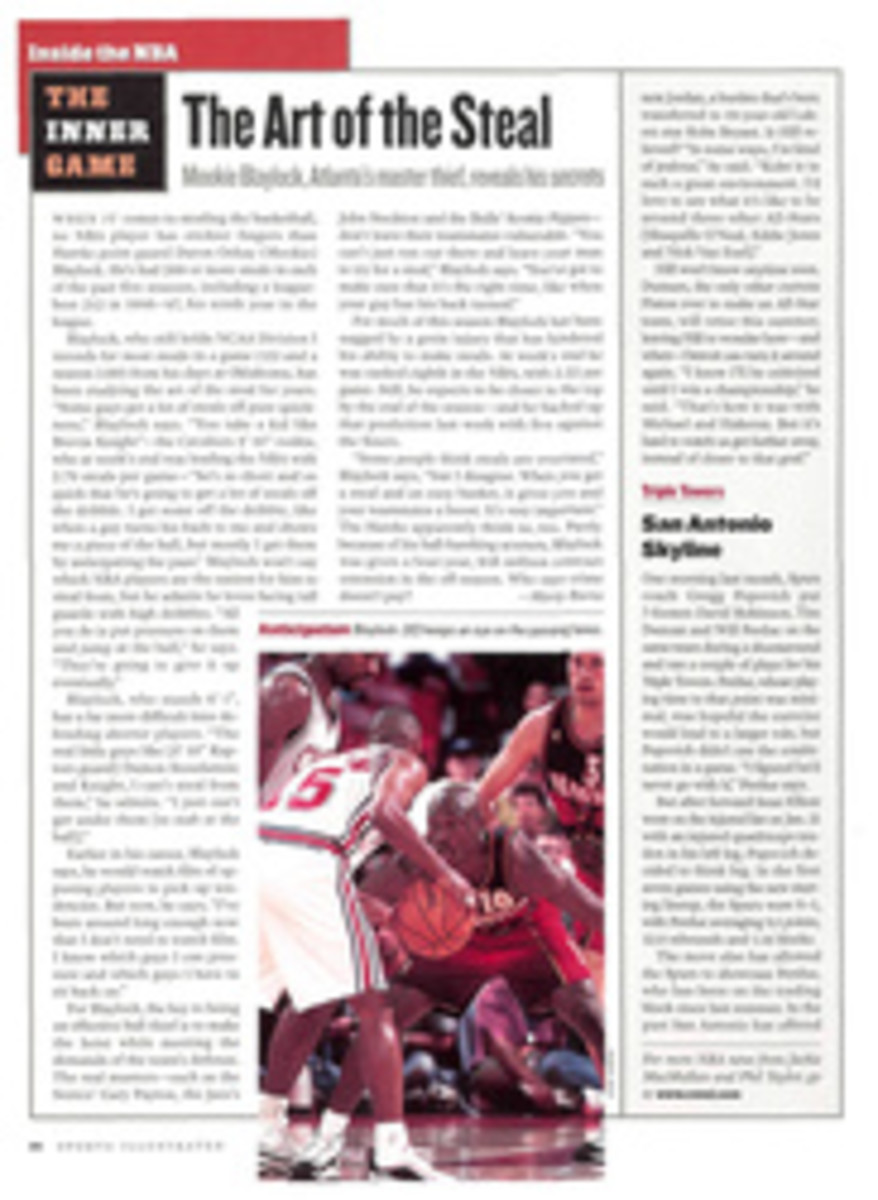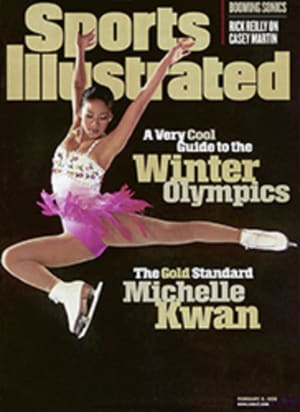
Ilia Kulik
He's the Leonardo DiCaprio of figure skating, an apple-cheeked
heartthrob with mischief in his eyes and trampoline springs in
his legs. Russia's Ilia Kulik, 20, also happens to be the most
complete package among the men vying for the gold medal in
Nagano, a skater whose mix of classical ballet training,
out-of-your-seat athleticism and theatrical flair makes him the
hottest young star on ice.
Kulik, who was born in Moscow, has been turning heads since
winning the world junior championship in 1995. Tall for a figure
skater at nearly six feet, he combines the long, clean lines of
1988 Olympic gold medalist Brian Boitano with the speed and
natural pizzazz of four-time world champion Kurt Browning. At
the world championships in Edmonton in '96, Kulik's first year
as a senior, he wowed the judges with the height of his jumps
and his impeccable landing positions--free leg held high, toe
pointed, arms extended, back straight, head up. He finished a
strong second--three of the nine judges placed him first--to
Todd Eldredge of the U.S., after which Boitano commented, "He
jumps like a god."
Kulik's work was considerably less divine last season when he
switched coaches and training venues. He moved from Moscow,
where he had been coached by Victor Kudryavtsev, to Marlborough,
Mass., where he put himself under the wing of the theatrical
Tatiana Tarasova, one of the winningest coaches in the sport.
Over the years Tarasova had worked with a number of Olympic
champions in both pairs and ice dancing, but her experience with
singles skaters was limited. Kulik was inconsistent and, many
believed, out of shape the entire season. He finished a dismal
fourth in the European championships, was also fourth in the
Champions Series finals and fell to fifth at the worlds. "Maybe
the preparation wasn't enough," Kulik says. "Maybe I wasn't
comfortable where the jumps and spins and step sequences were
placed in the program. I thought I could do it anyway, but this
year we tried to build the program so it was more comfortable
for me."
Increasing Kulik's stamina was also a priority. Tarasova's
choreography requires high energy, and Kulik was making most of
his mistakes late in his performances. At Tarasova's bidding
Kulik brought a Russian conditioning expert, Leonid Raitsin, to
Marlborough last summer, and Raitsin put Kulik through a
training regimen of bicycling, running and weightlifting. Kulik,
lean as a rail at 160 pounds, says he can feel the difference.
"Now I run faster, jump higher, stretch further," he says.
His results have reflected that. Kulik has won three of the four
events he has entered this season, including the Russian
nationals and the Champions Series finals, where he beat his
chief Olympic rivals: Elvis Stojko of Canada; Eldredge; and
Kulik's countryman Alexei Yagudin. Afterward Kulik displayed
some of his cheeky wit when a bespectacled Phil Hersh of the
Chicago Tribune questioned whether Kulik's costume--a
yellow-and-white, polka-dotted vinyl number that looked like a
collision between a taxi and a dairy cow--complemented his
music, Gershwin's Rhapsody in Blue. "Phil," responded Kulik, "I
don't like your glasses either, but that doesn't make you a bad
writer."
In mid-January Kulik, suffering from a pinched nerve in his
back, pulled out of the European championships. It was the
recurrence of an old injury and kept him off the ice for two
weeks. But rest and daily ultrasound treatments eased his
discomfort, and he had resumed full workouts by the end of the
month. His long program includes two triple-triple combinations
and a quad, and most observers believe if he lands his jumps, no
one can beat him artistically. "The top six men are all
favorites for the gold medal," Kulik says. "It's not ice
dancing. Anyone who performs his best can win."
In the competition for heart palpitations, though, just mail it
in.
--E.M. Swift
COLOR PHOTO: MANNY MILLAN [Ilia Kulik skating]

